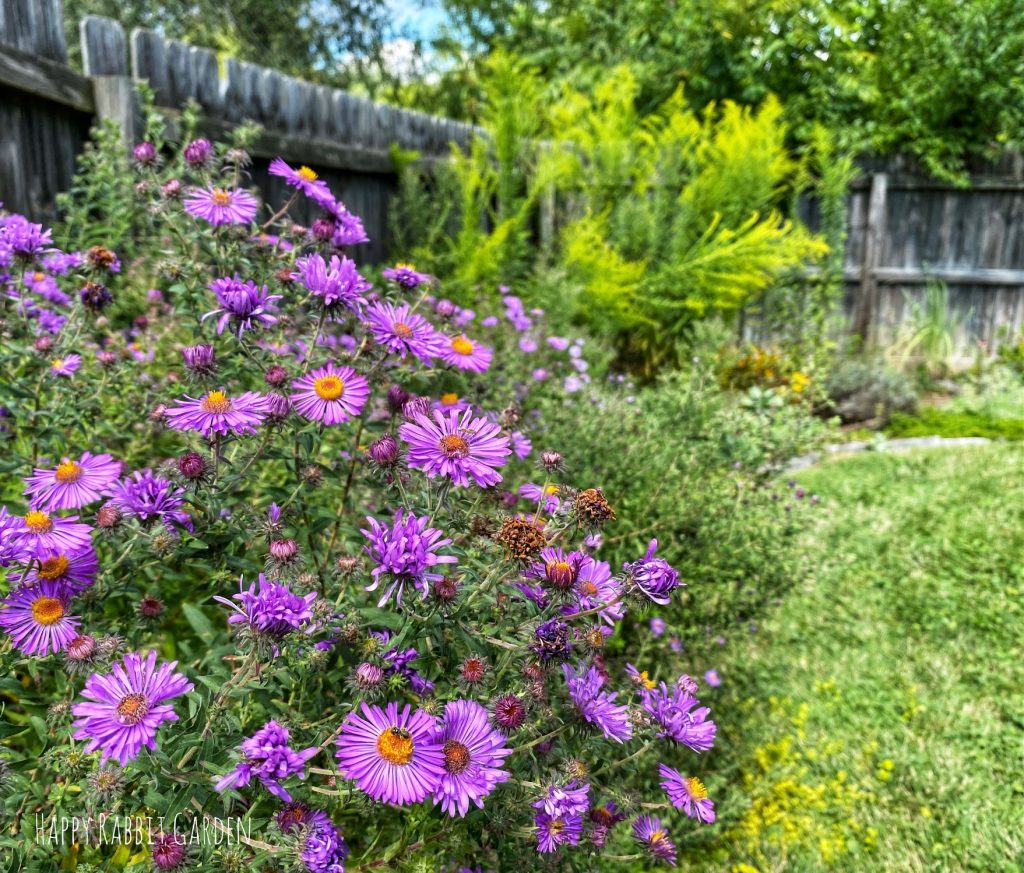
We’re about a week into September, and it’s been deliciously nice out: sunny and in the 70s for almost a week now. Usually, our Septembers here in Central Ohio are pretty toasty still. We likely won’t have any frost for another month, but it does finally feel like autumn is in sight. The leaves on the cottonwoods are starting to turn a golden green, the hum of the cicadas is waning, and the days are starting later, with the sun setting earlier each night. They are little signs, but for a fall-lover like myself, the utopia of a Midwest Fall is almost here. I can feel it!
Out in the garden, our sedums are really starting to bloom. The salmon pinks of the autumn joy sedum, and the magentas of the autumn fire stonecrops are bursting, and absolutely covered in bees, stocking up on these last flowers of the season. The aster, goldenrods, blanket flowers, and black-eyed susan’s are still flowering away, and some of my favorite native grasses, like little blue stem and switchgrass, are starting to throw up seeds, the long green grasses lighting up with deep oranges and reds.
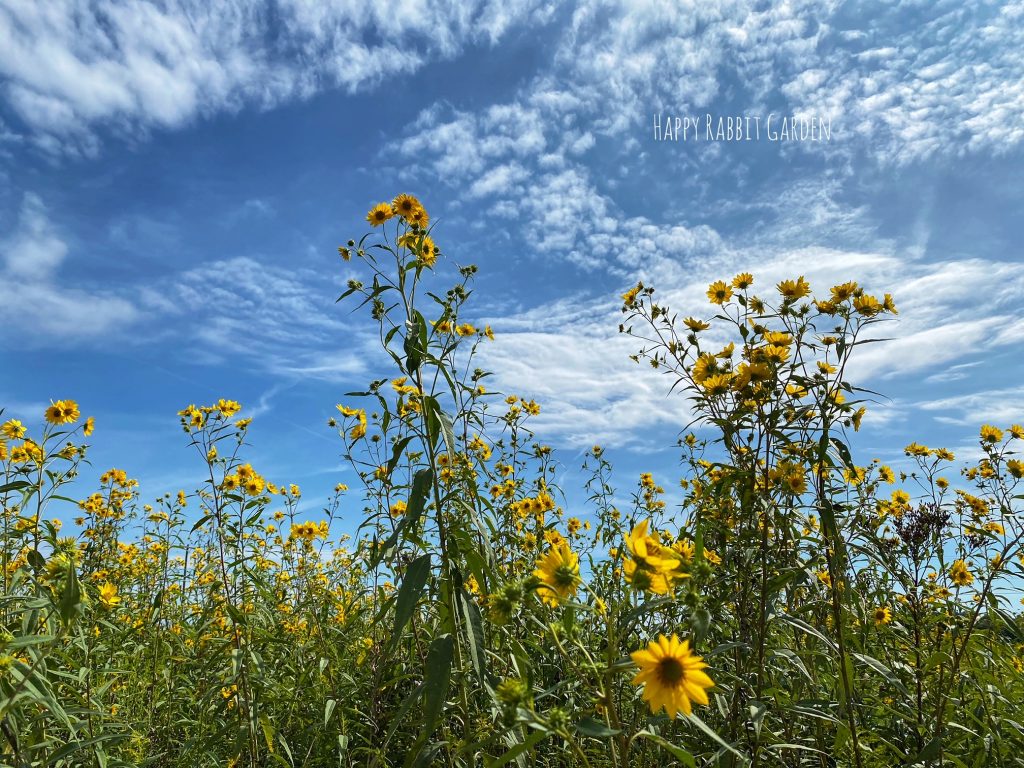
We took a trip out to the largest metro park in the state, Battelle Darby Creek, to check out all the gorgeous tall grass prairie plants in bloom. There were more bees and monarch butterflies than I could count, hopping all over the goldenrods, ironweed, prairie dock, tall coreopsis, and tickseed sunflowers. And the tall peaks of the big bluestem grasses were softly floating along in the breeze. It was a gorgeous afternoon. The park is a big spot for bird-watching, and we always see lots of interesting wildlife there. Though, the largest stars have to be their herd of bison, which we saw lounging around in a muddy watering hole. The herd had a few babies this summer, and they were keeping close to their mothers as they all bathed in the afternoon sunshine.
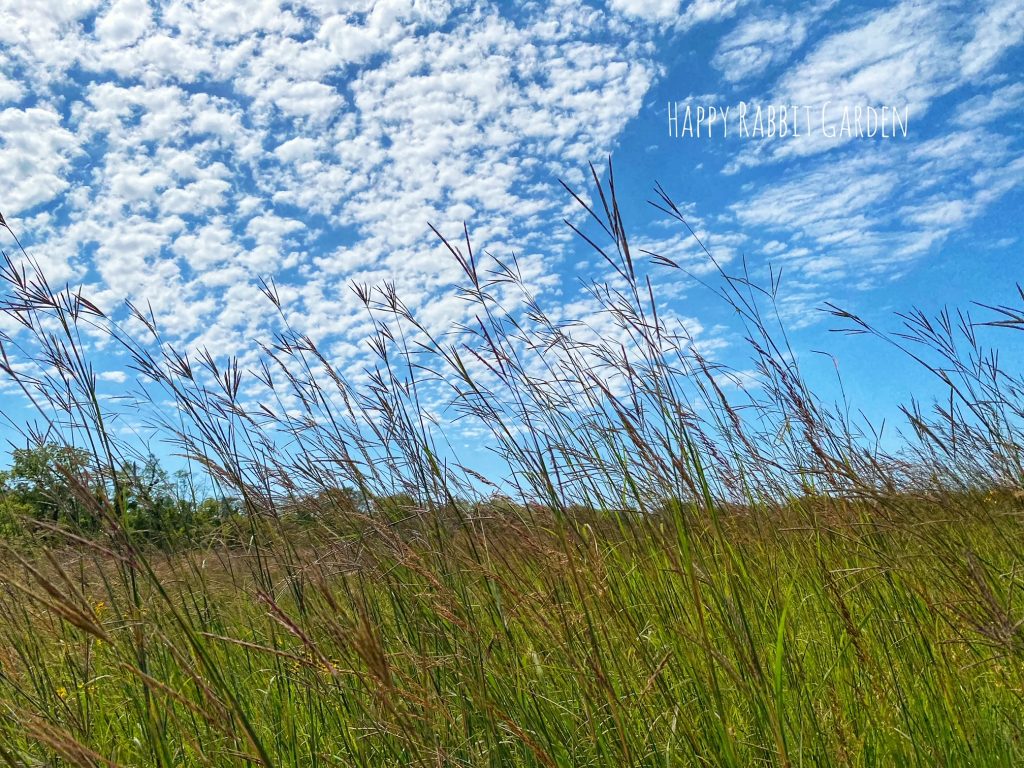
Visiting that park is always an inspiration for the garden. I know I’ve spoken in the past about how 40% of the US was once covered in prairies, and now only about 1% of that remains. Since learning about the importance of prairies for the ecosystem, I’ve changed my whole thought process in my garden. I garden because enjoy the process of doing so, and the beauty of living amongst the plants, but my garden exists to help give a space to the creatures around me so desperately in need of a home, and food. It’s why I use no pesticides in my yard, and why we added a pond, don’t mow every week, and have removed quite a lot of our lawn to make more room for flower beds. Wildlife really matters to me.
And, since much of the area where I now live, in Central Ohio, was once a prairie, called Darby Plains, I have aimed to include many plants in my garden that would have once lived here before the area was filled with farms and housing developments. At some point, I need to sit down and make a list of everything that I have growing here, but it’s quite a mix of natives, perennials that I just really like (such as my beloved peonies), the vegetable and herb gardens, and pots of annuals. All of these plants play an important role in the garden. The non-natives, like the sunflowers, basil (which I let flower after I’d harvested my share), and the stonecrop all provide food for the local pollinators, squirrels, and birds. Variety isn’t just the spice of life for us humans- insects and animals like a range of food options as well.

Aside from helping to provide habitat for the locals, and something nice to look at for myself, many of the plants I grow serve another purpose: I can harvest them for use in dyeing fabrics and fibers. So many common plants and trees in our yards can be used to make colorful dyes, like marigolds, dandelions, acorns and oak leaves, walnuts, and sunflowers. If you’re interested in learning more, I highly recommend the book Harvesting Color by Rebecca Burgess, or by simply picking my brain for a bit.
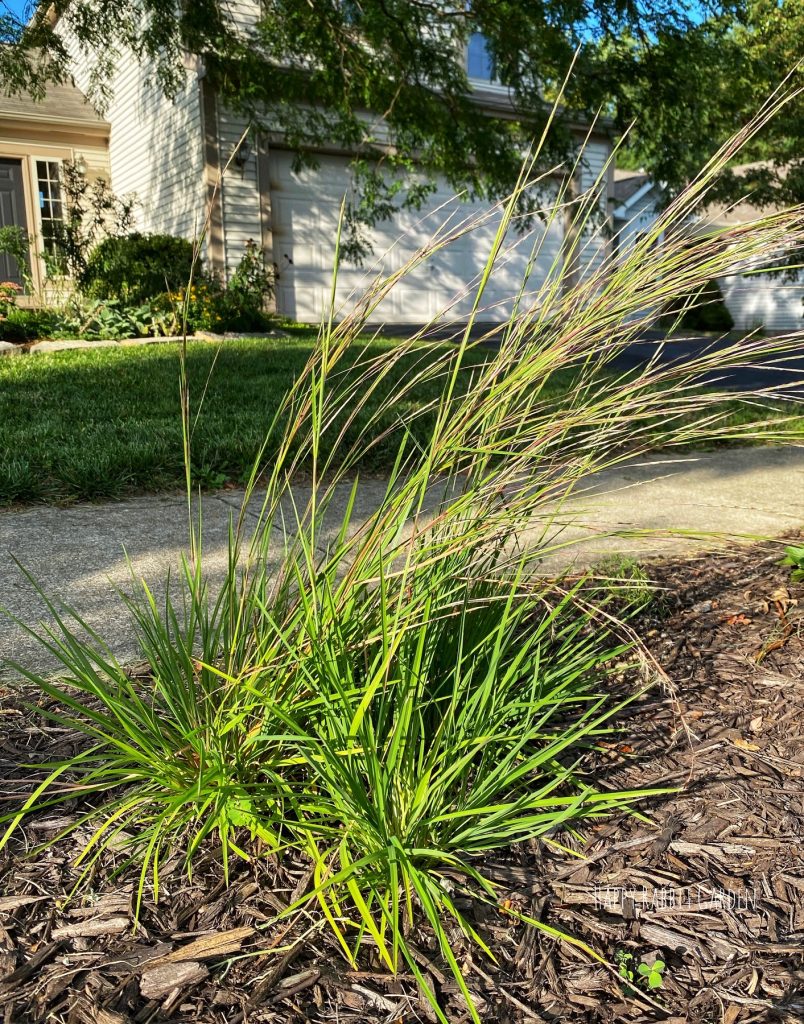
Currently in the yard, I have queen anne’s lace, madder root, goldenrod, pokeberries, marigolds, sunflowers, coreopsis, echinacea, tickseed, hardy hibiscus, walnuts, maple trees, and I’m sure I’m forgetting others… Anyway, I’ll harvest a few bits of each to ply with here as the weather continues to cool. Adding different metals and materials to the dye bath changes the pH of the water, which changes the colors of everything. It’s fun to play with- the colors you expect aren’t usually what you end up with on your fabrics. For example, queen anne’s lace, with its white flowers and green stems, gives off a lot of yellows, oranges, and browns, depending on the pH of the water. Things get rather “science-y” pretty quickly, (I think that’s the technical term), but it can be a lot of fun to experiment.
Also, I like the idea of using natural colors, from plants that I grew, to dye yarn that I’ve spun up myself, to then knit or weave into an item that I can wear. The whole process feels a bit magical to me, and is one I look forward to at the end of each summer, and throughout the fall.
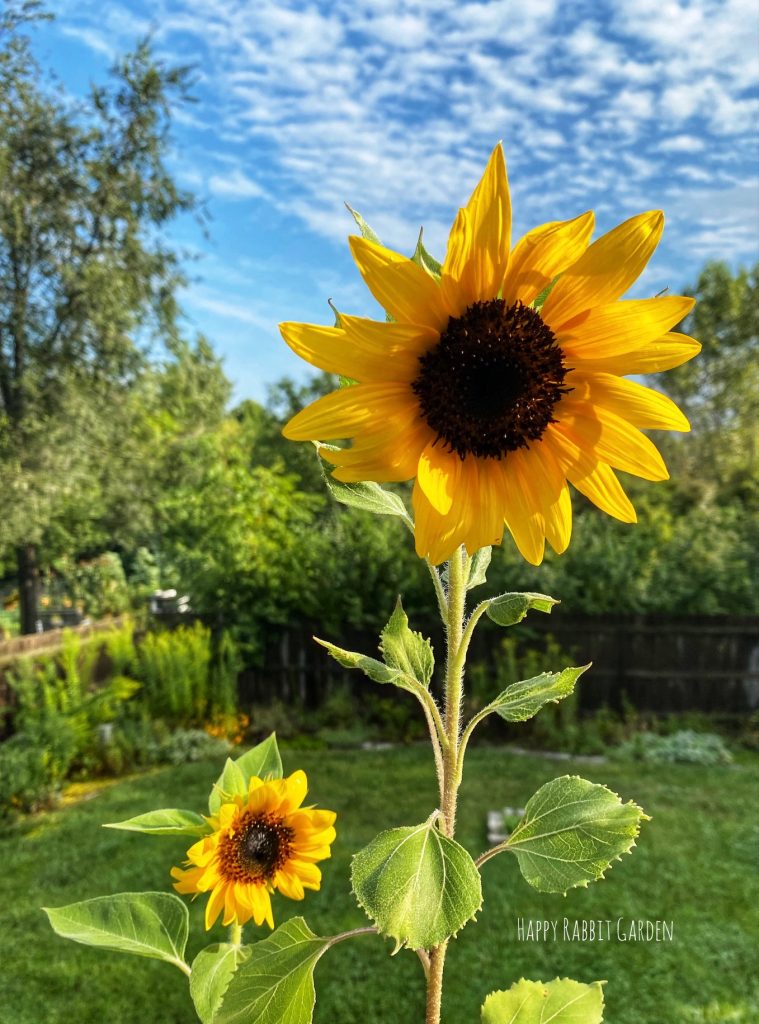
The cooler weather has also sparked some motivation for me to finally get out and do a bit of weeding and clean up. As I mentioned, we’re probably a ways off from our next frost, but a few of the annuals in the deck pots were looking quite shaggy. So, I went out and cleaned up the deck a bit. I took out the spent zinnias and added them to the compost pile, and I planted out the last of the little blue stem grasses I’d started growing from seed earlier this year. Late summer/fall is a great time to plant perennials and native plants and seeds. I wouldn’t start any bulbs quite yet, but I did add a few purple prairie clover plants to the newest front bed, and I plan to add in a few more grasses out back, like native switch grass, and more big blue stem along the fence.
I also cleaned up a few of the sunflowers, that were finished blooming, and had been knocked over by the high winds and 4″ of rain we had from Hurricane Ida at the start of last week. I removed the flower heads, and set them out for the birds to enjoy, and the plants were tossed under our deck for the critters around the pond. The stalks will hollow out as it cools, and solitary bees use them for their homes.
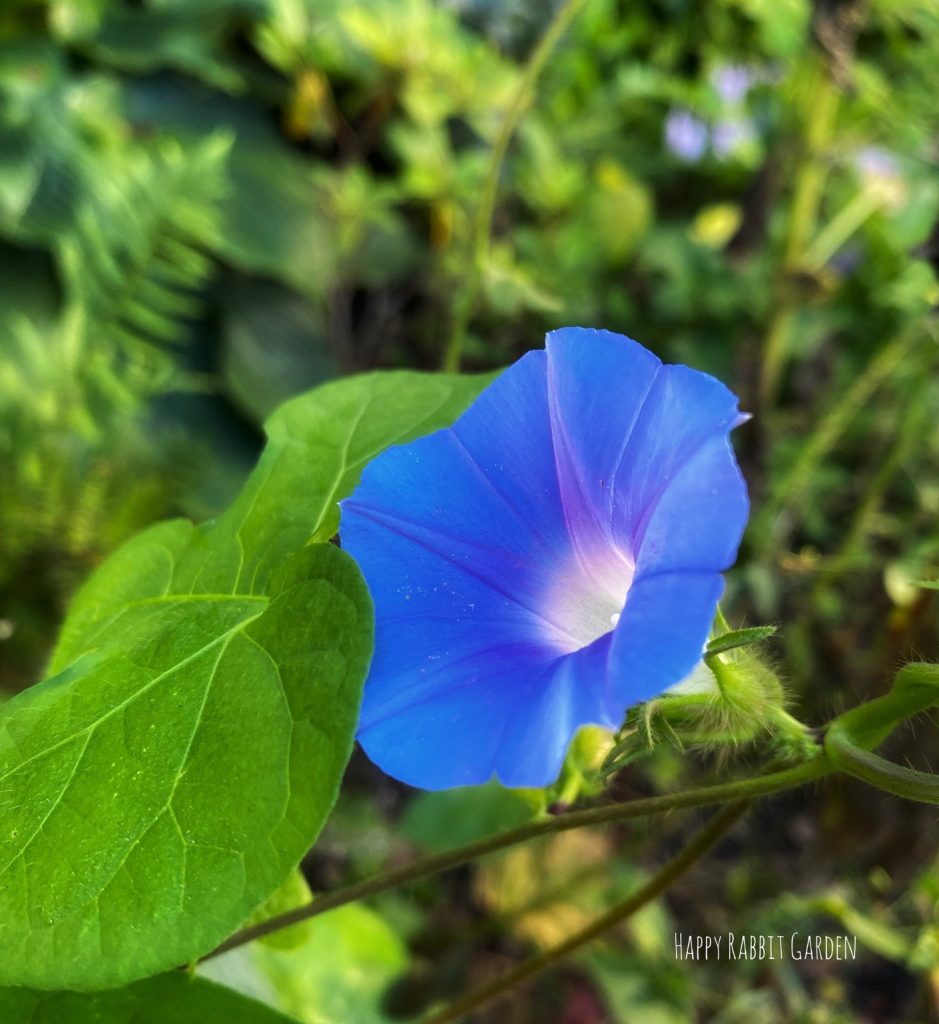
Things are warming up just a bit this week, but it’s only going to be in the low 80s, so I plan to get out to move around a few perennials in the back yard, and continue The Great Tomato Harvest of 2021. The larger Druzba tomatoes I’d planted are not quite doing as well as I’d hoped, but the little San Marzano’s have exceeded expectations. I should have enough here soon to start canning tomato paste. I finally harvested the last of the potatoes and carrots, and the green beans are still prolific, to say the least. I’m looking into planting some cover crops in the beds this fall… maybe some hairy vetch (which totally does not sound like a thing someone would want to possess) to help add nutrients back into the soil and keep the weeds out this fall. I’ve never actually messed about with cover crops, since I use our compost for the veggie beds, but I may see try it out this year to see what all the fuss is about. I can nearly always be talked into planting something, after all.
Anyway, hope things in your garden are thriving and that you’re having nice weather to get out and enjoy the fruits of your labor. The next month or two (in my area) is the last burst of outdoor gardening for the year, and I’m excited to get out to play before the frosts hit. Happy gardening!
